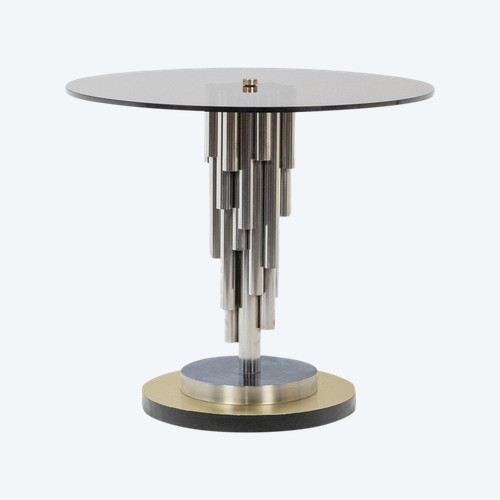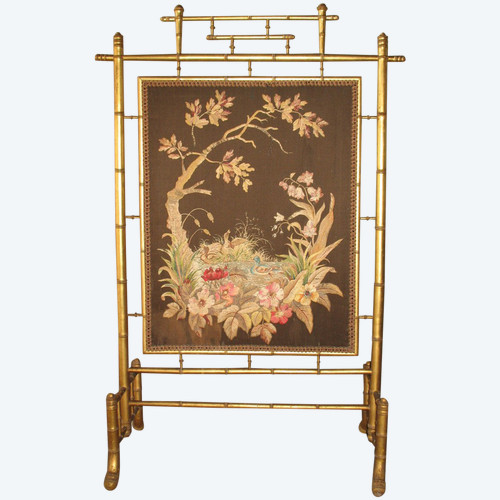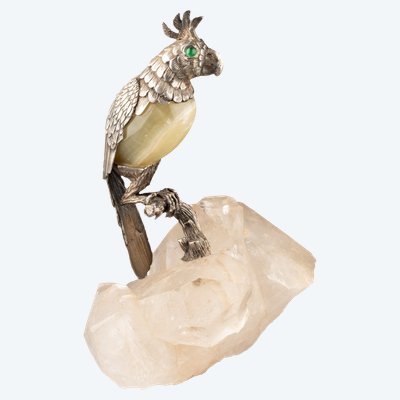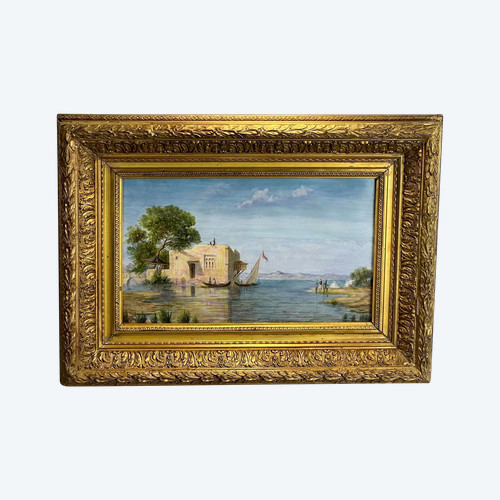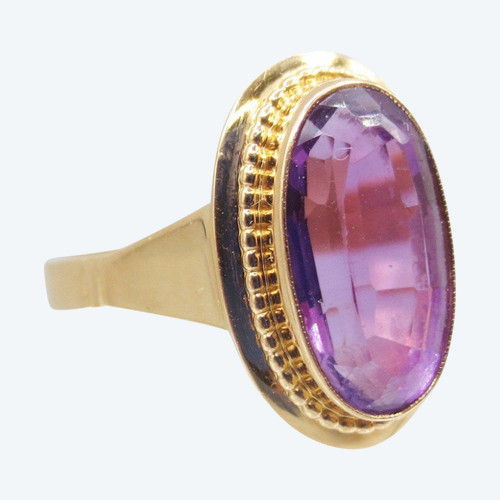- JUST IN
-
FURNITURE
-
DECOR
- COLLECTION
- ART
-
JEWELRY & WATCHES
Featured item
 Ring, Gold And Amethyst.
680 € EUR
Ring, Gold And Amethyst.
680 € EUR
- ANTIQUE DEALERS
- MAGAZINE
Antikeo, the Art • Antiques • Design marketplace, offered for sale and certified by professional antique dealers
Antikeo, the Art • Antiques • Design marketplace, offered for sale and certified by professional antique dealers

